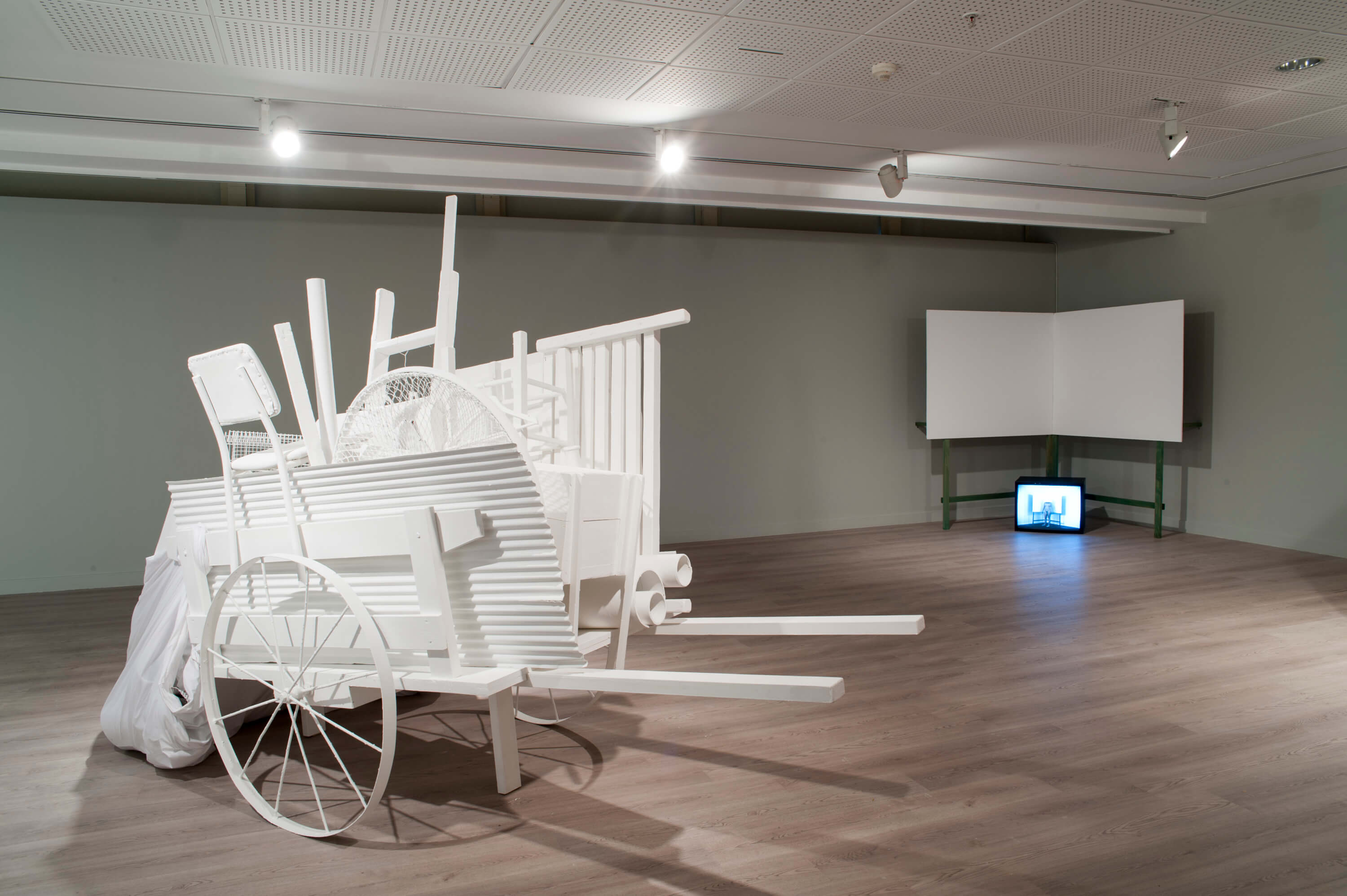Talk
October 23, 2016 / 15:30
Pera Film proudly presents a selection of Bosnian director Jasmila Žbanić’s films as part of Bosnia Sancak Culture Days.” Presented as part of the program Poetry of Reality Director Žbanić will be in conversation following the screening of Love Island at 14:00.
Jasmila Žbanić won the Golden Bear Award at the 56th Berlin International Film Festival and the Grand Jury Award of the American Film Institute with Esma’s Secret. Žbanić graduated from the Department of Film and Stage Direction of the Sarajevo Academy of Performing Arts in 1996, attending Professor Lew Hunter’s screenwriting workshop and Professor Lee de Long’s puppet workshop at the Imaginary Academy Groznan the following year. The cinema of Bosnia-Herzegovina is regarded since the 1970s as a school of its own, and Jasmila Žbanić, who is one of its directors receiving critical attention at almost every international festival, says the characters in her films are not “black and white” since real people are not that simple.
The talk will be in English with simultaneous Turkish translation. Free of admissions. Limited space, drop in.
|
|
|
|
in collaboration |
contribution by |

Pera Museum, in collaboration with Istanbul Foundation for Culture and Arts (İKSV), is one of the main venues for this year’s 15th Istanbul Biennial from 16 September to 12 November 2017. Through the biennial, we will be sharing detailed information about the artists and the artworks.
Tuesday - Saturday 10:00 - 19:00
Friday 10:00 - 22:00
Sunday 12:00 - 18:00
The museum is closed on Mondays.
On Wednesdays, the students can
visit the museum free of admission.
Full ticket: 300 TL
Discounted: 150 TL
Groups: 200 TL (minimum 10 people)